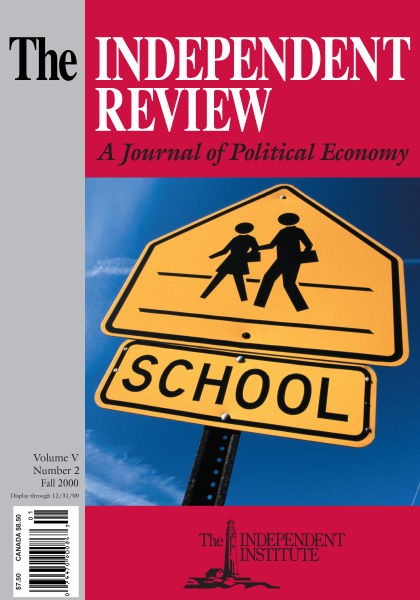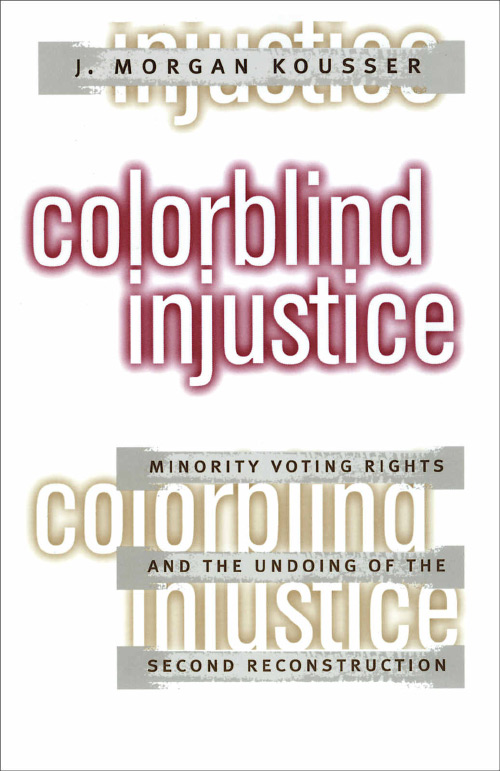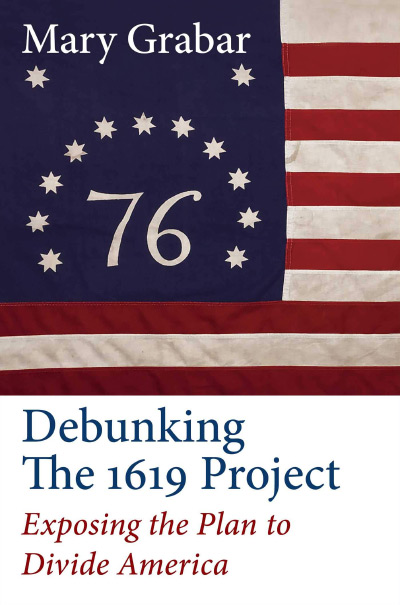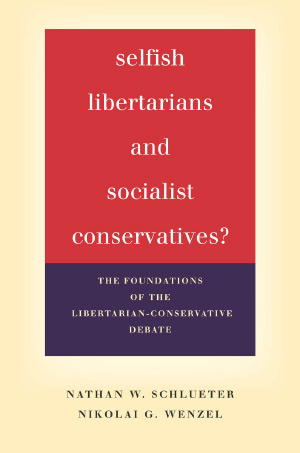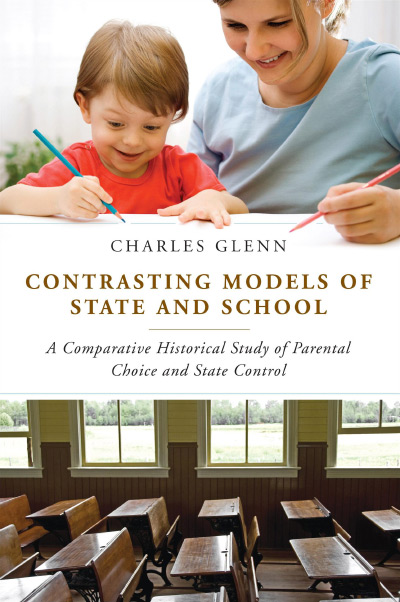Gerrymandering is as old as representative democracy. The word dates back to 1812, when Governor Elbridge Gerry of Massachusetts and his Republican state legislature carved their state into voting districts that gave the Republicans twenty-nine state senators to the Federalists’ eleven—despite the fact that the Federalists had out-polled the Republicans 51,766 to 50,164. One of those districts resembled a squatting salamander. Engraver Elkanah Tisdale added claws, wings, and fangs and named his creation a “gerrymander” (see Roger Buterfield, The American Past [New York: Simon and Schuster, 1947], 51). The Supreme Court never ruled gerrymandering unconstitutional, and it left the power of defining district shapes to the states until Shaw v. Reno (1993). In that case, Justice Sandra Day O’Connor, speaking for the Court majority in a five-to-four decision, made a distinction between political gerrymandering, which she considered constitutional, and racial gerrymandering, which she ruled a violation of the Fourteenth Amendment. Shaw v. Reno is at the heart of Colorblind Injustice: Minority Voting Rights and the Undoing of the Second Reconstruction, historian J. Morgan Kousser’s closely reasoned critique of the Court’s recent rulings on the constitutionality of “majority-minority” congressional districts—districts created for the purpose of ensuring adequate minority representation in the House of Representatives.
Colorblind Injustice is an angry book. Kousser is convinced that in a series of recent decisions, beginning with Shaw v. Reno, the Rehnquist Court has destroyed the hard-won gains that African Americans have made in political representation. Kousser considers those decisions to be bad law, bad history, and bad public policy, and he hopes “to set voting rights policy straight by getting its history right” (p. 2). In the pursuit of that ambition, he has written an exhaustive study of the recent history of voting rights, a study so carefully researched and intelligently reasoned that it will probably become the definitive work on this subject. He has also written a book that defies summarization. Kousser is so thorough in his dissection of court rulings, so sensitive to the details of history, and so committed to the belief that historical change is the result of relatively small incremental changes that his argument can be sketched only in the broadest strokes.
Kousser begins his analysis with a celebration of the achievements of the Second Reconstruction, a period when “the Court’s willingness to protect the rights of minority citizens or let Congress do so, along with the stable majority of experienced and sympathetic members of Congress from 1954 to 1994, allowed judges, Congress, bureaucrats, and interest groups to improve federal protections [for minority rights] gradually and pragmatically” (p. 53). In Kousser’s eyes, the Voting Rights Act of 1965 has been central to this process of minority protection, especially Section 5 of that act, which requires states that had prohibited black voting in the past to submit changes in electoral laws to the Justice Department for approval, and Section 2, as amended in 1982, which states that redistricting plans must provide minority voters with an equal “opportunity . . . to participate in the political process and to elect representatives of their choice.”
In Kousser’s eyes, progress came to an end with the Supreme Court’s ruling in Shaw v. Reno that two sprawling congressional districts, which were carefully drawn to ensure that they held black majorities, were in probable violation of the Fourteenth Amendment guarantee of equal protection of the law. Kousser views the logic behind this decision as “postmodern”:
Shaw v. Reno (1993) and its successors over the next three years—Miller v. Johnson (1995), U.S. v. Hays (1995), Shaw v. Hunt (1996), and Bush v. Vera (1996)—were confused and inconsistent because they invented “facts” and distorted history, using the Reconstruction Amendments to protect powerful whites rather than much less politically potent minorities, employed the language of equality and integration to promote inequality and exclusion, and established racial and partisan double standards while pretending to be colorblind and nonpartisan. (p. 377)
Like Javert in Les Misérables, Kousser is relentless in the pursuit of his quarry. He devotes 250 pages of text to careful historical analyses of white politicians’ successful attempts since passage of the Voting Rights Act of 1965 to reduce or deny minority representation in Los Angeles, Memphis, Georgia, North Carolina, and Texas. Kousser then spends the remaining 150 pages of his book explicating his thorough and scathing critique of the Rehnquist Court’s decisions on the constitutionality of the majority-minority congressional districts that state legislatures created in response to Justice Department pressure. In Kousser’s eyes, the Rehnquist Court—usually by five-to-four votes—has (1) ignored the relevant historical contexts of the cases it decided, (2) made bad law, and (3) defined central concepts in these cases in a manner contrary to their clear meaning. Shaw v. Reno illustrates all these problems.
Bad History
In my judgment, Kousser’s close examination of the political history of North Carolina demonstrates that (1) white political leaders consistently and creatively used their powers over the design of electoral districts to deny or minimize black political influence, and (2) those efforts continued until quite recently. That pattern of discrimination, which followed two centuries of racial slavery and decades of Jim Crow, seems to provide ample constitutional and moral justification for the remedies provided by the Voting Rights Act and for Kousser’s conclusion that “what was different in 1991-1992 was that for the first time in the long history of racial and partisan gerry-mandering in North Carolina it was blacks, not whites, who benefited, and some whites concluded that now the rules needed to be changed” (p. 245).
Bad Law
People of good intentions differ on the moral lessons that they think should be learned from history, but the rules of logic provide much more objective criteria for assessing judicial opinions. In his careful analysis of the reasoning behind Shaw v. Reno (and its successor cases), Kousser frequently draws blood. He is correct in describing the Rehnquist Court majority as radical judicial activists in respect to their majority-minority district decisions and their willingness to overrule Congress, the Justice Department, and the state legislature of North Carolina when policy outcomes have not been to their liking. In these cases, Felix Frankfurter’s doctrine of judicial self-restraint seems to have been completely forgotten.
Kousser is also correct in suggesting that Shaw v. Reno should never have reached the Supreme Court, given that the plaintiffs appeared to have had no legal standing and no real complaint. No white voter could claim that he had lost an opportunity to vote, and under the proposed majority-minority plan, the percentage of the state’s white representatives in Congress would have been greater than the white percentage of the state’s population. Although lacking any concrete injury, plaintiffs were nevertheless granted standing on the dubious grounds that the district plan reinforced “racial stereotypes,” exacerbated “patterns of racial block voting,” and signaled elected officials that they represented only “a particular racial group.”
What is most disturbing about this case is that it violates principles of equity by ruling gerrymandered, noncompact electoral districts unconstitutional only when they benefit minorities. As Kousser repeatedly reminds his readers, the Court would have been much more consistent if it had declared Sections 2 and 5 of the Voting Rights Act unconstitutional or had declared gerrymandering of any sort in violation of the Fourteenth Amendment. Currently, African Americans vote predictably and overwhelmingly Democratic. By ruling that Republican state legislatures are acting constitutionally when they create almost completely black electoral districts, because the purpose is partisan advantage rather than racial advantage, the Court is making a distinction without an existential difference.
Bad Language
O’Connor ruled that the North Carolina reapportionment plan, which created two majority-minority congressional districts, bore “an uncomfortable resemblance to political apartheid” and “can be understood only as an effort to segregate voters into separate voting districts because of their race.” Whatever the merits of O’Connor’s ruling, she used the words “apartheid” and “segregation” in ways that violated their true meanings. The congressional districts that O’Connor and her four colleagues found unconstitutional—because of their shape, their racial composition, and the motives of the legislators who designed them—were the most racially integrated congressional districts in the state: 50.5 percent of the voters in the First District were African Americans; 53.5 percent were African American in the Twelfth (see Pamela S. Karlan, “Apres Shaw le deluge?” PS: Political Science and Politics 28 [March 1995]: 52). Because there was no requirement that those voters elect African American representatives, it defies logic to view the arrangements as reminiscent of southern segregation or South African apartheid. In fact, given her strong objections to what would be better termed “forced electoral integration” and her strong preference for compact black districts, which tend to be urban ghettos, it is O’Connor who could be more justly accused of favoring apartheid.
The foregoing are telling criticisms, but often Kousser’s critique of the Rehnquist Court is so extreme and his use of language so hyperbolic that they weaken his credibility. For example, a reader of Colorblind Injustice, ignorant of the Court’s history, might conclude that only the Rehnquist Court—and its racist predecessors—made decisions that were “abstract, formalistic, and factually incorrect” (p. 466) and substituted its own public-policy preferences for established judicial precedent. (As an admirer of John Marshall has written, Marbury v. Madison “rose from . . . the least significant of causes and the meanest of motives,” was “a tale of narrow partisanship [and] clashing ambitions,” and resulted in a decision “based on questionable legal logic” [John A. Garraty, Quarrels That Have Shaped the Constitution (New York: Harper and Row, 1987), pp. 7, 17].)
When Kousser ends his book by comparing the Shaw cases with the Dred Scott decision and Plessy v. Ferguson, arguing that they “all buttressed a seemingly uncertain white supremacy” (p. 465), he goes too far. Dred Scott asserted that African Americans had no “rights which the white man was bound to respect” and that “the right of property in a slave is distinctly and expressly affirmed in the constitution.” Plessy v. Ferguson upheld racial segregation and contained the cynical and racist observation that “if one race be inferior to the other socially, the Constitution of the United States cannot put them upon the same plane.” Whatever the shortcomings of Shaw v. Reno, neither its reasoning nor its impact is comparable to those ugly, vicious, racist judgments.
Perhaps of even greater importance, Kousser is wrong in respect to his strategic assumptions about the best way to advance minority interests. There is a fundamental political fallacy in the reasoning behind race-based policies that is perhaps most pronounced in the case of apportioning districts on the basis of race. If the assumption is valid that white hostility to blacks is so pronounced that no white candidate can ever represent African American interests, then African Americans are condemned to be the perpetual victims of a white electoral majority. In that event, racial proportional representation in state legislatures and the House of Representatives will be of little help to them. Furthermore, the assertion that white and black interests are incompatible and mutually hostile is a self-fulfilling prophecy; framing public policy issues in racially dichotomous terms seems to mean that African Americans will eventually lose their race-based gains as white majorities, one way or another, defeat their programs. Such has been the case with affirmative action and is currently the case with majority-minority districting.
Harvard sociologist William Julius Wilson has consistently argued that the problems of the minority poor can be solved only through the construction of multiracial political coalitions “that promote race-neutral programs such as jobs creation, further expansion of the earned income tax credit, public school reform, child care programs, and universal health insurance” (When Work Disappears [New York: Vintage Books, 1996], p. 235). Minority insistence on special minority districts turns blacks against whites and minority against minority. It is not surprising that the Reagan and Bush administrations pressured southern states to create minority opportunity districts, which coincidentally maximized Republican congressional prospects, whereas white Democrats concluded that it was politically suicidal to oppose those efforts.
Historically, African Americans and other minorities have made their greatest political gains through the formation of interracial coalitions. The abolition of slavery was a biracial effort, as were both Reconstructions. After World War II, African Americans in the industrial states of the North and West shrewdly exercised their voting rights in a manner that led to their courtship by politicians of both major political parties. Black votes often decided the outcome of state and national elections, as they did in the 1948 and 1960 presidential races. When the Civil Rights Act of 1964 was signed, civil rights leaders and congressional leaders of both parties were present in what was a truly biracial and bipartisan celebration.
| Other Independent Review articles by Richard Young | |
| Fall 1996 | The End of the Republican Era |

